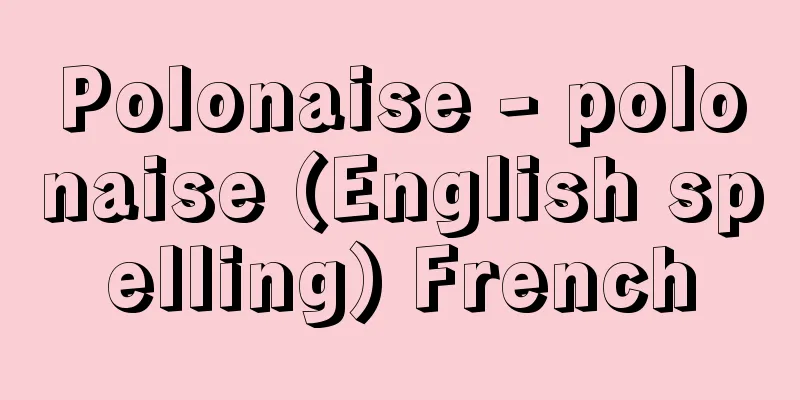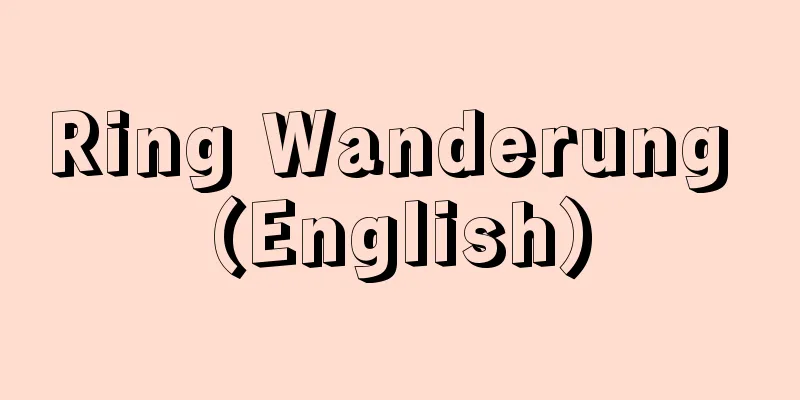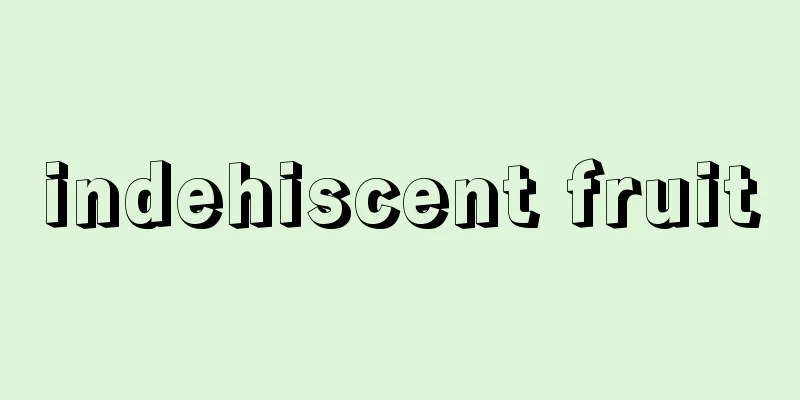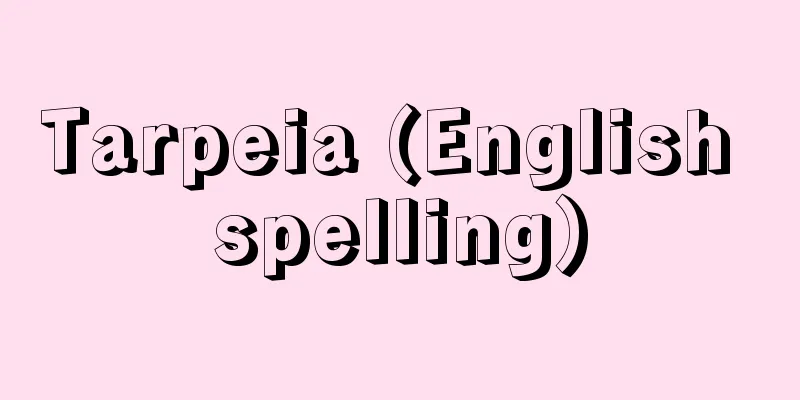Polonaise - polonaise (English spelling) French

|
Polish dance. It has a 3/4 rhythm and a march-like rhythm. Its origin is unknown, but it originally referred to dances and songs that men and women lined up and sang and danced at peasant and citizen festivals (especially weddings). Later, it was also taken up by the courts of nobles, and the lyrics became more sophisticated, but it gradually became more of an instrumental piece. This form was introduced to Europe, and many works were produced (Bach, Telemann, Mozart, Beethoven, etc.). From the end of the 18th century, Polish composers took up the form again, and titles were given to it. In particular, the melancholy piano pieces by MK Ogínski (1765-1833) are representative of this. Then, it spread to Europe as music for concerts and salons, reaching its peak with works such as Chopin's "Military Polonaise" (1838), "Heroic Polonaise" (1842), and "Polonaise Fantaisie" (1846). Since the 19th century, many Russian composers, including Weber, Schubert and Schumann, have incorporated the dance into their piano pieces and operas. [Toshiko Sekine] Source: Shogakukan Encyclopedia Nipponica About Encyclopedia Nipponica Information | Legend |
|
ポーランドの舞曲。三拍子で、♫♫という行進曲風のリズムをもつ。起源は不明だが、最初は農民や市民の祝祭(とくに結婚式)で男女が列になり、歌いながら踊った舞曲および歌をさした。のちに貴族の宮廷でも取り上げられ、歌詞も洗練されたものとなるが、しだいに器楽曲としての性格を強めていく。この形がヨーロッパに伝わり、多くの作品が生み出された(バッハ、テレマン、モーツァルト、ベートーベンなど)。18世紀終わりごろからふたたびポーランドの作曲家が取り上げ、標題などもつけられるようになる。とくにオギンスキM. K. Ogínski(1765―1833)の憂愁に満ちたピアノ曲はその代表といえよう。そして今度は演奏会やサロン用の音楽としてヨーロッパに普及し、ショパンの『軍隊ポロネーズ』(1838)、『英雄ポロネーズ』(1842)、『幻想ポロネーズ』(1846)などの作品で頂点を迎える。19世紀以降、ウェーバー、シューベルト、シューマンをはじめ、多くのロシアの作曲家がこの舞曲をピアノ曲やオペラのなかに取り入れている。 [関根敏子] 出典 小学館 日本大百科全書(ニッポニカ)日本大百科全書(ニッポニカ)について 情報 | 凡例 |
<<: Horonobe [town] - Horonobe
>>: Voronezh - Voronezh (English spelling)
Recommend
veṇu (English spelling) venu
…It is made of bamboo and has a simple structure ...
Cordyceps ophioglossoides (English)
…[Tsubaki Keisuke]. . . *Some of the terminology ...
Endometriosis
What kind of disease is it? ●Main symptoms and pro...
Spectroscopy - bunkougaku (English spelling) spectroscopy
A field of study that deals with spectra. In the ...
Karl Birnbaum
1878‐1950? German psychiatrist. Director of the Be...
Tanezane Akizuki
1545-1596 A military commander from the Sengoku t...
Contour feather
…Feathers can be classified into five types accor...
ILO Convention No. 89 - ILO Convention No. 89
…(See the sections on Child Labor and Minor Labor...
Glassy selenium - Glassy selenium
… [nature] The main allotropes are amorphous, mon...
Kamitori - Uwadori
〘 noun 〙 In the Edo period, part of the courtroom ...
Avant-garde
〘 noun 〙 (avant-garde, military term meaning "...
Educ-Intern (English)
… Today, almost every country has teacher unions ...
Eneide - Eneide
…He was from Verdeke near Maastricht (now part of...
Saturday - Doyoubi
〘 noun 〙 = doyou (Saturday) ② ※Life on a Rainy Day...
Umemura - Baishits
A haiku poet from the late Edo period. Sakurai fa...









